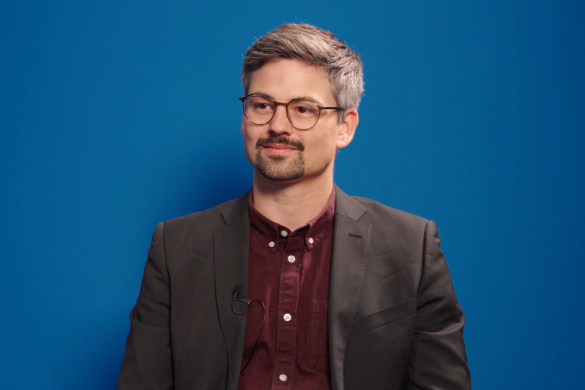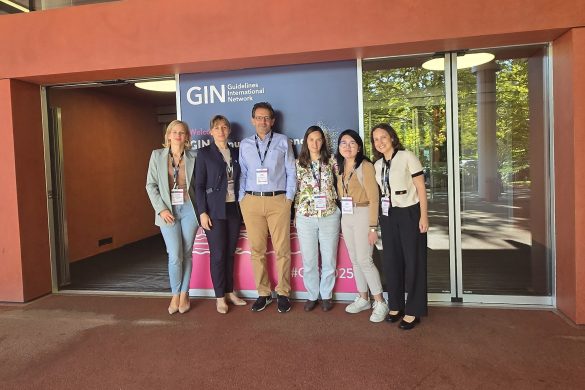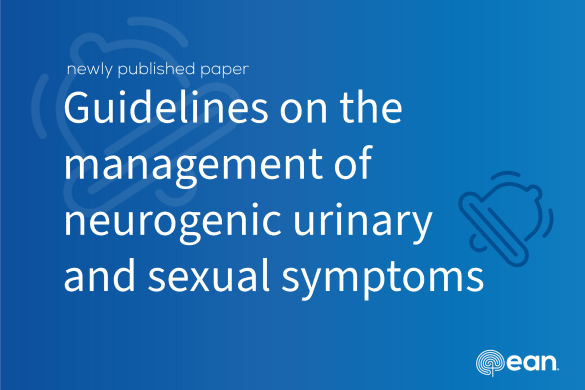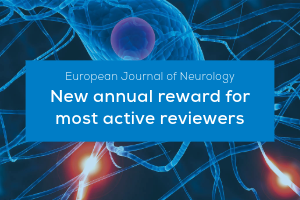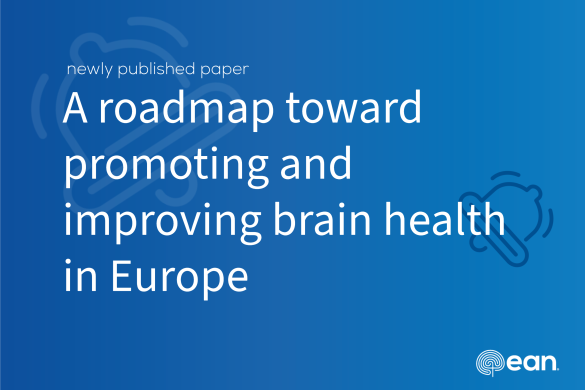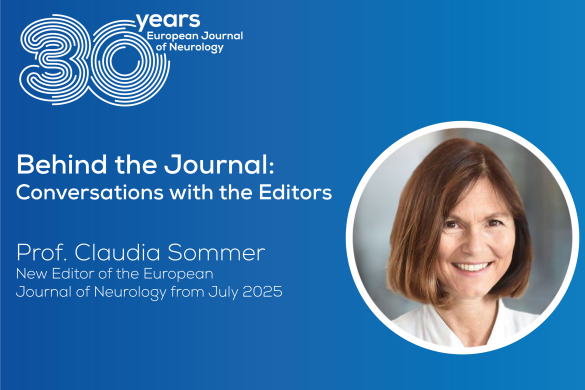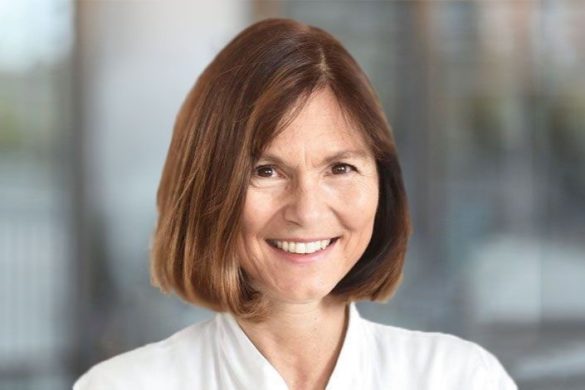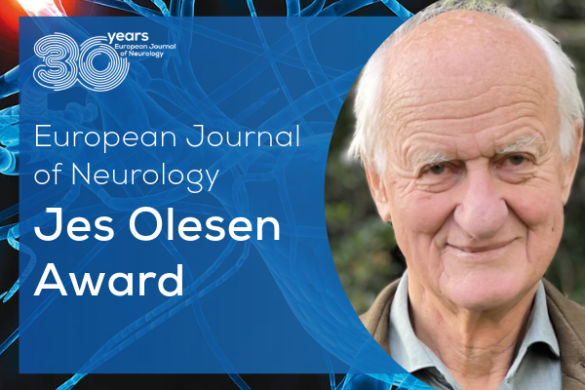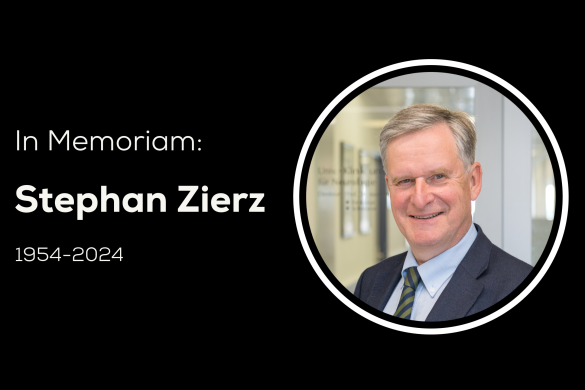A new era of neurology in Europe will start soon. In order to remember those historical moments that were relevant for EFNS and ENS and finally led to the foundation of EAN, the editors asked senior European neurologists to tell about their memories related to EFNS, ENS and foundation of EAN
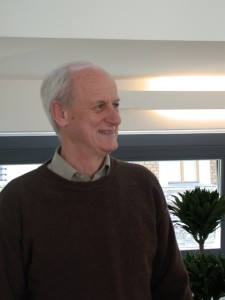 by Jes Olesen
by Jes Olesen
Creation of the European Journal of Neurology
During the first years of the EFNS I was privileged to have the trust of our first president Franz Gerstenbrand. I had been active in the formation of the EFNS, wrote its first constitution and had lots of ideas about the development of our organization. Franz accepted all my ideas on the condition that I did the necessary work to execute them.
One of the ideas was that the EFNS should have its own scientific journal. I had previously participated in starting a journal fully owned by the International Headache Society, Cephalalgia. It proved immensely important to the headache field and produced a nice profit to the organization. The pioneers of EFNS were fiercely European and did not like the fact that American journals dominated neurology. We saw it as our obligation to develop a journal that eventually could compete for the best European and international papers. This was clearly a long range goal and it would fail if we did not get the concept right from the beginning. The ENS had made an alliance with the Springer owned Journal of Neurology. They did not own stock and had only editorial influence. I was determined to do it differently. My analysis of the publishing business and my experience with Cephalalgia told me that ownership was both desirable and possible. I knew that, in the long perspective, only journals supported by a strong organization would thrive or maybe even survive.
My first model was joint ownership of an existing journal. But the EFNS had no money to buy stock. I felt that it was not necessary to pay. I first contacted European Neurology because of its very appropriate name. It was fully owned by Karger. I suggested that EFNS should take over 50% of the stock at a price of 1 Euro. The real payment would be in our collaboration and support. The journal suggested an arrangement similar to the one between ENS and Springer but I refused. Next I contacted Acta Neurologica Scandinavica, at that time a respected neurological journal owned by the Danish publisher Munksgaard. Again I was turned down. These refusals did not diminish my faith in the project, rather strengthened my belief that commercial ownership of scientific journals was antiquated. I decided to create a new journal with 100% ownership to the EFNS. But, again, the EFNS had no money. I contacted some publishers offering the right to publish on behalf of EFNS for a 5 year period and asked what they could offer. The best bid came from Rapid Communications of Oxford, a small and young publishing company. Their representative Anthony Gresford and I agreed that the publisher would cover all cost associated with the new journal yet leaving full ownership to the EFNS. They only requested a 5 year contract after which we would be free to ask for offers from other publishers. Surprise, surprise, we could walk on the water and I am sure that the old journals have regretted their refusal of my first offer. We, on the other hand, were grateful to fully own our journal.
Contract work in place it was still not easy to create a new journal. The next and absolutely crucial issue was to find a capable and willing editor in chief. This job was of course risky and did not pay much given the financial situation of the journal and of the EFNS. Paul Delwaide was suggested and I visited him in his beautiful home in Belgium. He was an experienced editor with a fine track record and showed some interest. However, he later became more uncertain about my project and we agreed that it was better to look elsewhere. Luckily I found not one but two highly competent editors, Francois Boller from Paris and Per Soelberg Sørensen from Copenhagen.
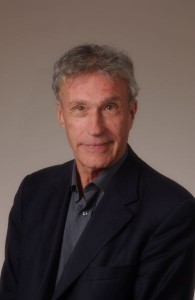
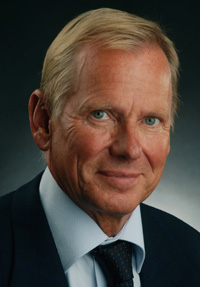
They had the dedication and drive necessary and supplemented each other very well. From there the ball was rolling and it still is. An editorial board was relatively easy to recruit drawing from supporters of the EFNS, for example members of the scientist panels. The publisher proved efficient and kept their promises. Francois and Per did a fantastic job as editors and so did their successors, Matti Hillbom from Oulu and Anthony Schapira from London.
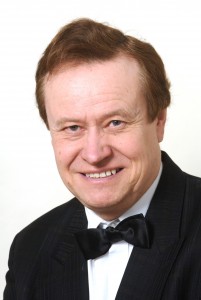
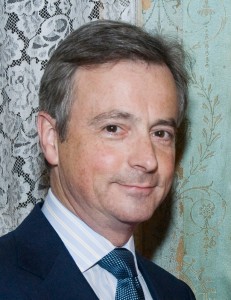
We are not yet at the highest level but we are getting close. I am extremely pleased that the ENS and the EFNS are now fusing, something I tried to achieve three times during my EFNS presidency. It will have many beneficial effects. One of them is that, having selected the European Journal of Neurology as the official journal of the European Academy of Neurology, it may now be possible for the journal to move into the highest stratum of neurological journals
Jes Olesen is Professor of Neurolgoy and was the 2nd President of the EFNS, the Vice President, as well as the Scientific Committee and Liaison Committee Chair for several years. He is also a founding member of the European Brain Council (EBC), and lives in Copenhagen, Denmark.




